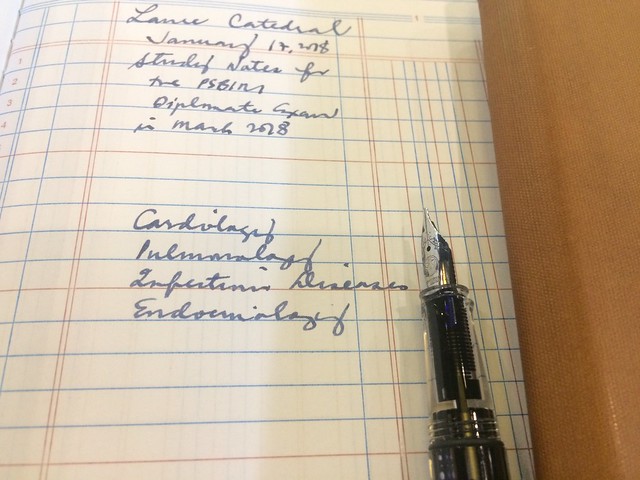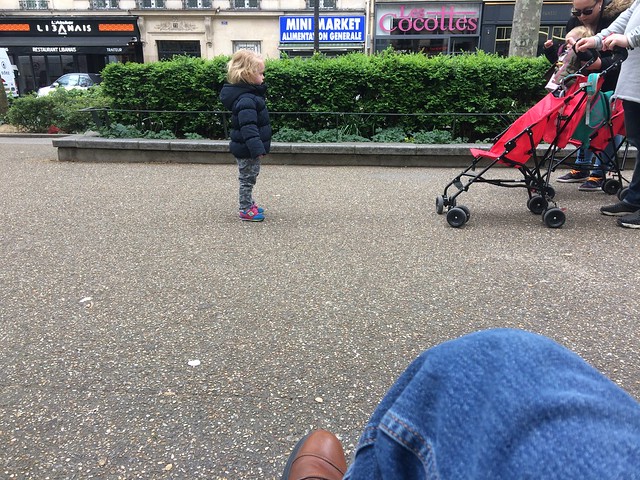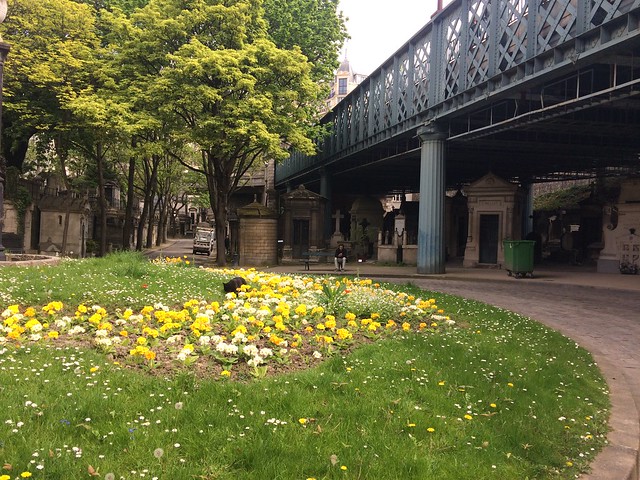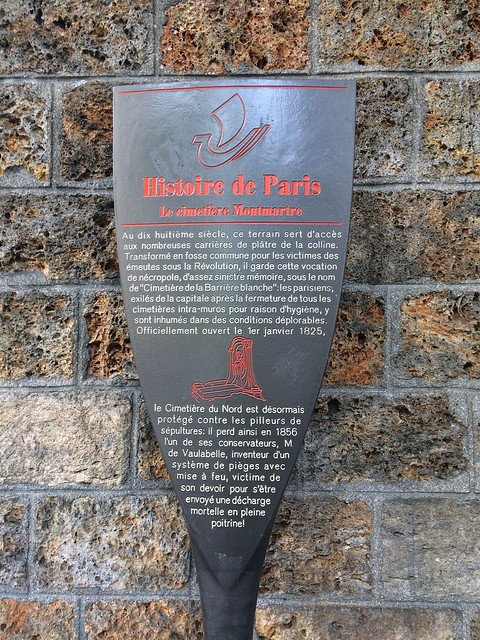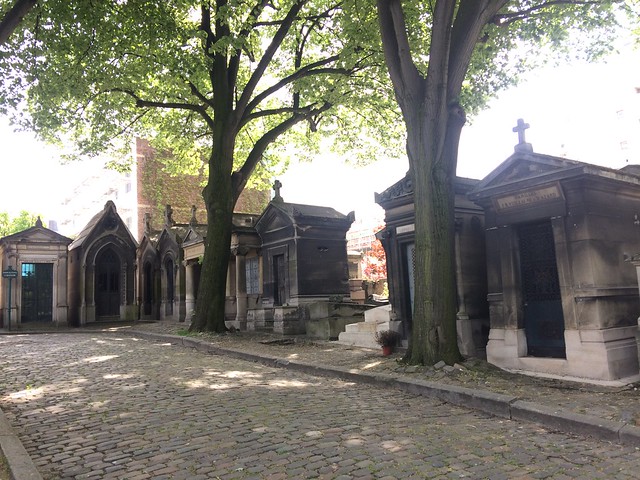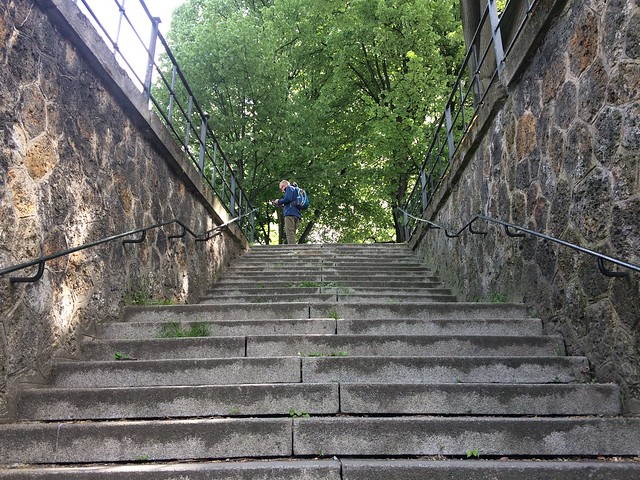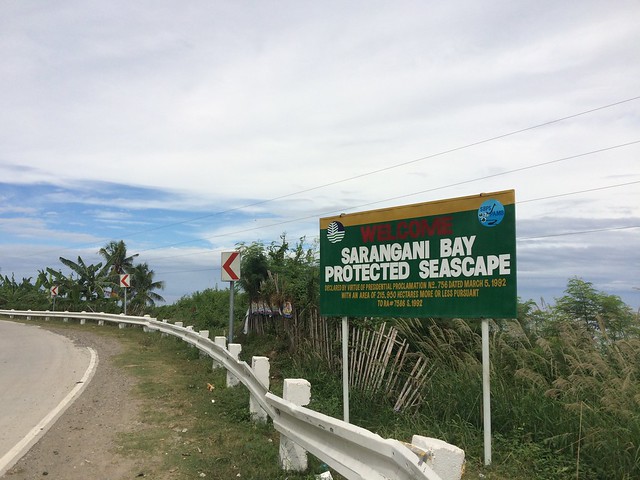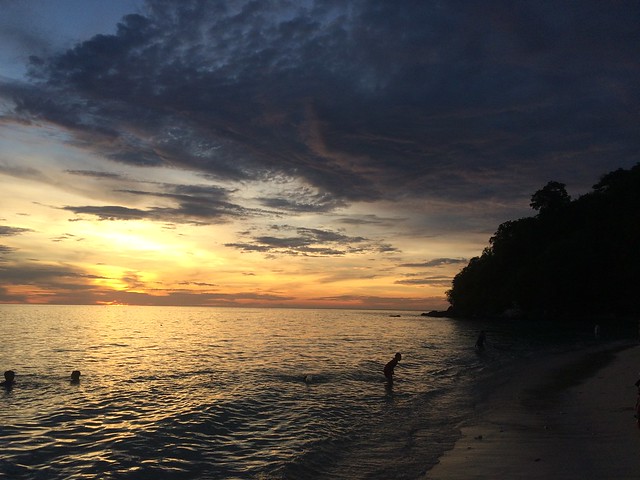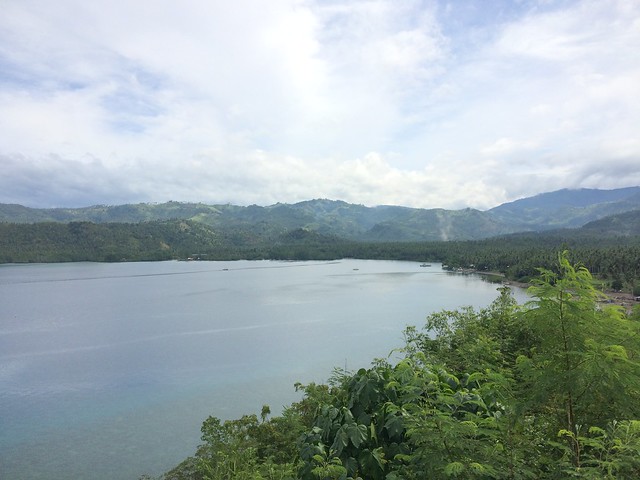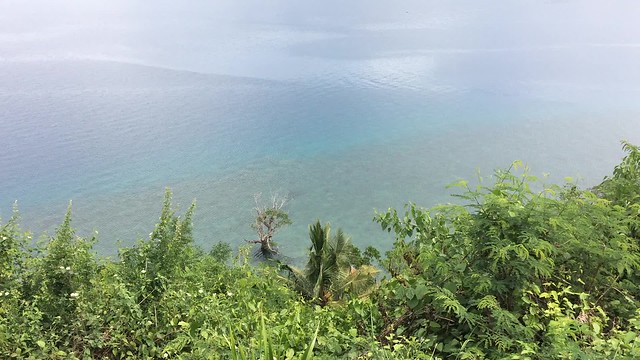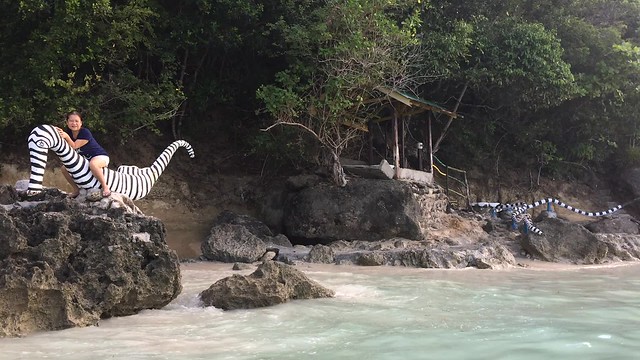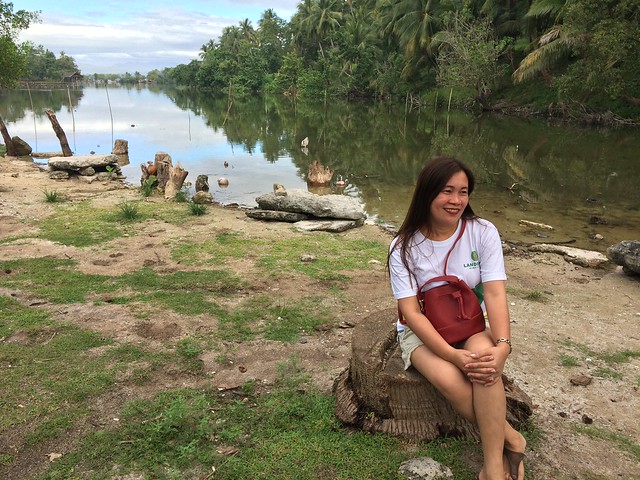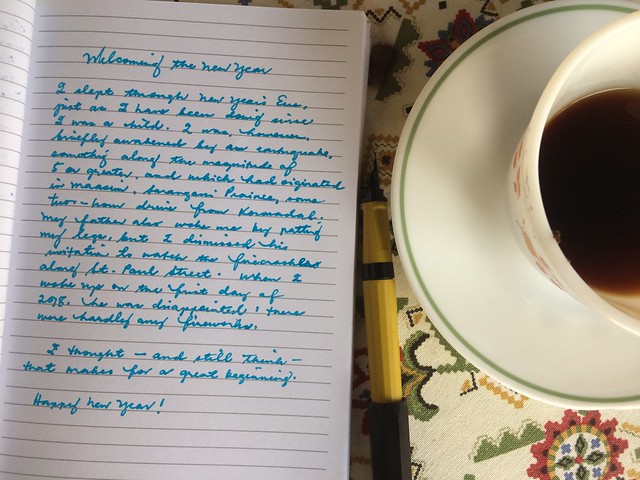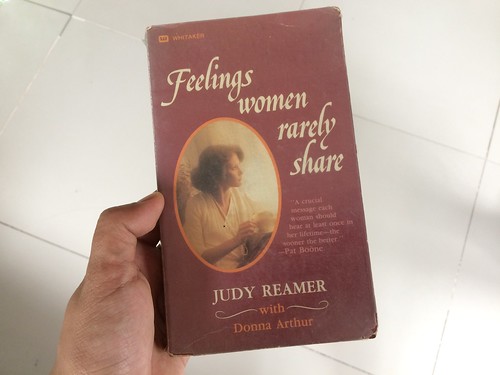Shinrin-yoku means “taking in the forest atmosphere” or “forest bathing.” The term was coined by the Japanese Ministry of Agriculture, Forestry, and Fisheries in 1982.
Does “forest bathing” impact health and wellness?
Some Japanese scientists—curious people who ask all sorts of questions and conduct all sorts of fascinating studies—did
various field experiments in 24 forests across the country to determine if environment, in fact, plays a role in health.
How this study was designed is interesting:
In each experiment, 12 [normal male university] subjects (280 total; ages 21.7 ± 1.5 year) walked in and viewed a forest or city area. On the first day, six subjects were sent to a forest area, and the others to a city area. On the second day, each group was sent to the other area as a cross-check. Salivary cortisol, blood pressure, pulse rate, and heart rate variability were used as indices.
I would’ve enrolled in that study, if I had the chance.
But back to the results. The findings show that:
…Forest environments promote lower concentrations of cortisol, lower pulse rate, lower blood pressure, greater parasympathetic nerve activity, and lower sympathetic nerve activity than do city environments.
The study has its limitations and flaws, of course. All studies do. One can argue that 12 subjects for each forest may not be sufficient. Or that only males with no co-morbidities were included—for females may have responded differently, and so on. One can argue, too, that while the decreases in cortisol and other objective parameters may be statistically significant, they remain
surrogate markers for stress and do not directly measure it.
But the study interests me because of three things:
First, that it was done at all; second, that it points to the interplay between environment and health—something we already know based on observation (people in Manila are, for example, more prone to anger and exhaustion than those in Koronadal); and third, that I really like forests.
Yes, the forest more than the beach—and that's my segue to the next part of this post.
Japanese photographer Yoshinori Mizutani has made
shinrin-yoku part of his daily life. He shares this calming, stress-relieving
collection of photos in The New Yorker.
Throughout the series, Mizutani’s abstracted use of blur cushions his subjects, painting a simultaneously idyllic and voyeuristic scene. The viewer takes on the role of the forest itself, and of the creatures that live in it: we peer from behind, or from within, a bush as an oblivious couple strolls by, and we dip over a man’s shoulder as birds gather around his weathered palm.
A sampling:

One wonders where the nearest forest in Manila is—and if it's
bathe-able.
Labels: daily, medicine














